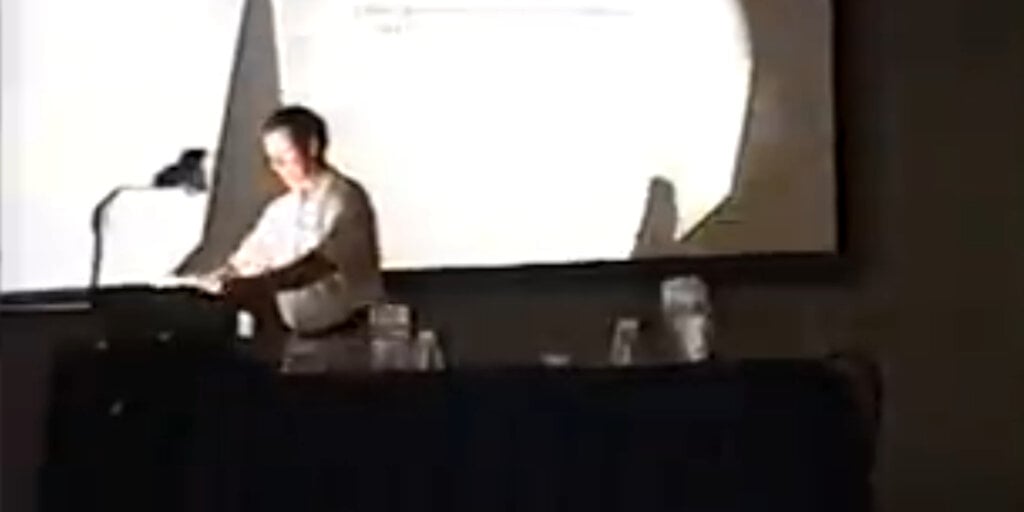
A video from 1998 featuring American software developer and Bitcoin pioneer Hal Finney discussing zero-knowledge proofs has resurfaced on Twitter. The footage was taken at the International Cryptology Conference at the University of California, Santa Barbara, and shows Finney explaining how he can prove he knows a message that hashes to a specific hash value without revealing any details about the message itself. He credits Ronald Cramer and Ivan Damgard for inventing the zero-knowledge proof system he demonstrates, calling it efficient and flexible.
Zero-knowledge proofs are a protocol used in the world of cryptocurrency to secure and scale blockchain networks. They are particularly used in rollups, a type of scaling solution that combines multiple transactions into a single transaction presented to the blockchain. There are two main types of rollups: optimistic and zero-knowledge. Optimistic rollups assume the validity of all the rolled-together information but allow observers to contest transactions. Zero-knowledge rollups, or zk-rollups, rely on zero-knowledge proof cryptography to prove specific details mathematically without revealing additional information.
Hal Finney, born in California in 1956 and died in Arizona in 2014, played a significant role in the early days of Bitcoin. He famously tweeted in 2009 that he was “running Bitcoin,” making him potentially the second person to run the software after its creator, Satoshi Nakamoto. Finney’s Twitter account resurfaced after a decade of inactivity when his widow, Fran Finney, started tweeting on his behalf. Some believe that Finney may have been Satoshi Nakamoto or part of the group of developers behind the pseudonymous name.
Interestingly, Finney also referred to non-fungible tokens (NFTs) two decades before they became popular. His foresight and contributions to the cryptocurrency world continue to be recognized and appreciated.






